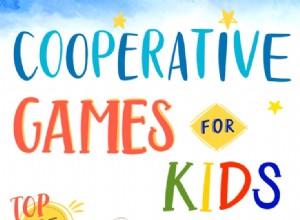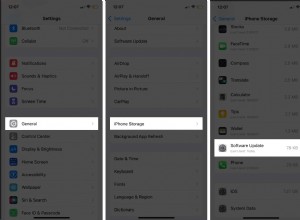تعني العقلية الثابتة أنك تعتقد أن الذكاء والموهبة والصفات الأخرى فطرية وغير قابلة للتغيير. إذا لم تكن جيدًا في شيء ما ، فعادة ما تعتقد أنك لن تجيده أبدًا. على النقيض من ذلك ، فإن عقلية النمو تعني أنك تعتقد أنه يمكن تطوير الذكاء والموهبة بالممارسة والجهد. ليس من المستغرب أن تلعب عقلك دورًا رئيسيًا في تحفيزك ومرونتك وإنجازك.
في حين أن العديد من الناس على دراية بهذه التعريفات ، إلا أنهم في بعض الأحيان غير متأكدين تمامًا من كيفية وضع هذه المفاهيم في الممارسة اليومية. كيف تبدو معتقدات عقلية النمو واللغة؟ كيف يمكنك استبدال معتقد العقلية الثابتة باعتقاد عقلية النمو الصحي؟ قد يكون شرح الاختلاف للأطفال مهمة صعبة.
اقرأ أمثلة العقلية الثابتة مقابل عقلية النمو أدناه للتوضيح ، ثم شاركها مع أطفالك أو طلابك لمساعدتهم على فهم الاختلاف. يمكنك أيضًا الاطلاع على اختبار العقلية الثابتة مقابل عقلية النمو!
قبل المتابعة ، اعتقدنا أنك قد ترغب في تنزيل موقعنا المجاني كلماتك مهمة المجلد 2 كيت. من خلال هذه الإرشادات العشرة حول الأبوة والأمومة المكونة من صفحة واحدة ، ستعرف بالضبط كيفية التحدث إلى طفلك لمساعدته على الدفاع عن نفسه ، وزيادة الثقة به ، وتطوير عقلية النمو.
15 عقلية ثابتة مقابل أمثلة عقلية النمو
لقد قسمنا هذه العقلية الثابتة مقابل أمثلة عقلية النمو إلى ثلاث فئات:الهوية وتحسين الذات ، والمقارنة بالآخرين ، وتعلم شيء جديد.
كثير من الناس لديهم عقلية ثابتة محددة ، مثل المقارنات أو التحديات الصعبة. هل تبدو بعض أمثلة العقلية الثابتة مألوفة؟ قد يساعدونك في تحديد محفزات أطفالك أو طلابك ، ويساعدونك في العمل معًا للتحسين. مع كل مثال ، ستجد نصيحة مفيدة لدعم التحول من العقلية الثابتة إلى عقلية النمو.
أمثلة على الهوية والتحسين الذاتي
المثال 1:
العقلية الثابتة: إما أن أجيد شيئًا ما أو لا أجيده.
عقلية النمو: يمكنني تحسين مهاراتي بالجهد والممارسة.
نصيحة: اسأل الأطفال عما إذا كانوا قد كافحوا لإتقان مهارة ما ، ثم تحسنوا بمرور الوقت. قد تشمل الأمثلة القراءة أو الكتابة بدقة أو ركوب الدراجة أو العزف على آلة موسيقية. يمكنك أيضًا تقديم أمثلة من حياتك الخاصة أو من حياة المشاهير. سيرى الأطفال دليلًا واضحًا على أن لا أحد يبدأ كخبير وأنهم كذلك قادرة على التحسين.
المثال 2:
العقلية الثابتة: عندما يعطيني الناس ملاحظات ، يبدو الأمر وكأنه نقد.
عقلية النمو: أنا أقدر عندما يعطيني الناس ردود فعل. يساعدني على التعلم والنمو.
نصيحة: ضع في اعتبارك جعل الملاحظات محادثة ثنائية الاتجاه في الفصل الدراسي الخاص بك. في كتابات الطلاب ، على سبيل المثال ، اطلب منهم الرد على تعليقاتك بتعليق يقول ، "لقد تعلمت _____________". بدلاً من ذلك ، قم بتزويد الطلاب بطريقة لتنفيذ الملاحظات التي يتلقونها على الفور. هذا يجعل من السهل ربط التعليقات بالتقدم والنمو.
سواء في المنزل أو في الفصل الدراسي ، اطلب التعليقات بالإضافة إلى تقديمها (على سبيل المثال ، "كيف يمكنني تحسين هذا الدرس؟" أو "هل هناك أي شيء يمكنني القيام به لدعمك أكثر؟"). نموذج قبول التعليقات والتعلم منها بأمان.
المثال 3:
العقلية الثابتة: أنا لست جيدًا في الرياضيات.
عقلية النمو: الرياضيات تمثل تحديًا بالنسبة لي ، لكنني أعلم أنه يمكنني التحسن.
نصيحة: إذا كان الطفل يعاني من موضوع معين في المدرسة ، فقم بتوفير دعم إضافي وتتبع التقدم. يمكن للوالدين التعاون مع معلم الطفل والبحث عن الموارد التعليمية عبر الإنترنت أو شخصيًا. مع تحسن درجات الطفل ، أكد على المدى الذي وصلوا إليه. احتفل بعملهم الجاد وتقدمهم واستمر في تشجيع الإيمان بوجود مجال دائمًا للتعلم والنمو.
المثال 4:
العقلية الثابتة: أنا خجول جدًا من التحدث أمام الفصل.
عقلية النمو: من خلال الممارسة ، يمكنني أن أصبح أكثر ثقة وأن أحسن مهاراتي في التحدث أمام الجمهور.
نصيحة: عندما يعبر الأطفال عن قلق معين ، اسأل ، "ما هي الخطوات التي يمكننا اتخاذها للعمل على ذلك؟" إذا كان الطفل غير متأكد ، ساعده على تبادل الأفكار.
على سبيل المثال ، يمكن للطفل الذي يخشى التحدث أمام مجموعات كبيرة أن يتدرب أولاً مع شركاء أو في إطار مجموعة صغيرة. They can gain public speaking experience in a fun way, like improv or drama classes. As always, celebrate incremental progress and remind the child of how far they have come.
Example 5:
Fixed Mindset: I’m already a really good writer. I don’t need to get any better.
Growth Mindset: There’s always room for improvement.
Tip: If a child excels in a subject, make sure they are being challenged enough. Children who have mastered grade-level skills without having an opportunity to move beyond grade-level may feel improvement isn’t possible.
With young writers, for instance, you can encourage them to expand their vocabulary or begin incorporating figurative language into their work. Ask them to write paragraphs instead of just a sentence, or have them enter local writing competitions. Parents can introduce additional enrichment experiences.
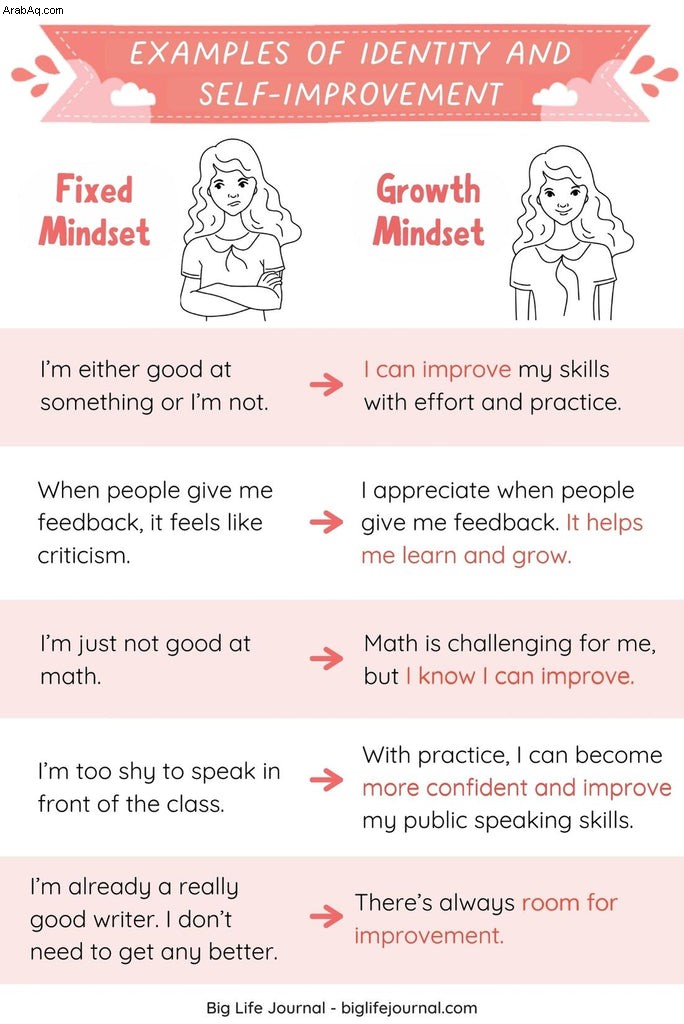
Examples of Comparing Self to Others
Example 6:
Fixed Mindset: People who are naturally smart don’t need to try hard to succeed.
Growth Mindset: No one is born smart. We can all improve with time, effort, and persistence.
Tip: Give examples of people considered geniuses who had to put time and effort into their achievements. For example, Thomas Edison’s teachers thought he was “too stupid to learn.” He was fired from his first two jobs and he made thousands of unsuccessful attempts at inventing the lightbulb before succeeding. Edison wasn’t born a genius; he overcame obstacles, persisted, and worked hard for his intellectual successes.
Example 7:
Fixed Mindset: Other people’s successes make me feel bad about myself.
Growth Mindset: Other people’s successes encourage and inspire me. They show me what is possible.
Tip: When children feel discouraged by another person’s successes, teach them to ask, “How did this person get there?” When we see someone’s success, we are only seeing the tip of the iceberg. We don’t know what is “under the water,” or all the rejection, failure, effort, persistence, and learning that went into their achievements.
If you need some tips on how to encourage a growth mindset in your child, don't forget to download our free Your Words Matter Kit Vol. 2
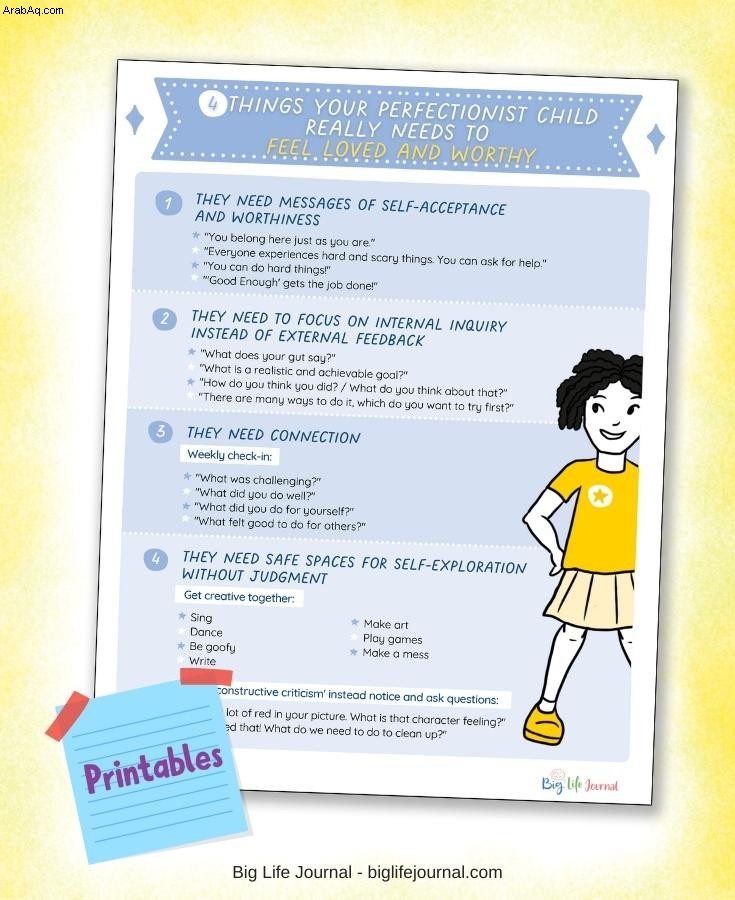
Example 8:
Fixed Mindset: Successful people are lucky/talented and have never experienced failure.
Growth Mindset: Failure is part of success. Most successful people have failed many times, but they succeeded because they didn’t quit.
Tip: It’s important to teach children failure is part of every success story. The people who succeed aren’t the ones who magically got it right the first time; they are the ones who failed and kept trying anyway.
Famous examples include Michael Jordan, Steve Jobs, Oprah Winfrey, Walt Disney, Steven Spielberg, and many more. If these names don’t resonate with children, ask them to name a successful person they admire, then research the failures and obstacles they had to overcome.
Example 9:
Fixed Mindset: I wish I was as good at baseball as you. It’s not fair.
Growth Mindset: Your skills as a baseball player inspire me. Do you have any tips to help me improve?
Tip: Encourage children to ask themselves, “What can I learn from this person?” when they see someone else succeeding. As mentioned above, they can also ask, “How did this person get there?” From a fellow baseball player, for example, children can learn both specific techniques and information about the training and hours of practice that contributed to their success.
We can view other people’s success stories as inspiring blueprints” rather than condemnations of our own abilities. When the opportunity arises, model this mindset for your children or students.
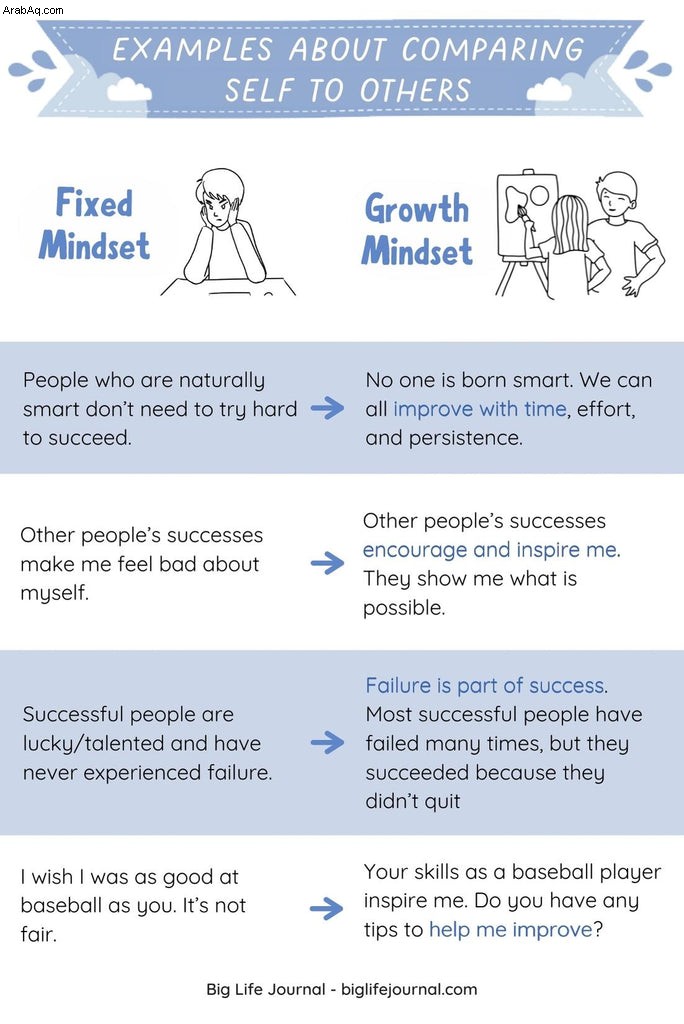
Examples of Learning Something New
Example 10:
Fixed Mindset: It’s embarrassing when I make a mistake.
Growth Mindset: Everyone makes mistakes and mistakes are opportunities to learn.
Tip: Try celebrating mistakes with an action and/or phrase like, “High five, you’re learning!” Consistently connecting mistakes with learning will help children shift their mindset. When you make mistakes, verbally acknowledge them and think out loud about what you learned from the experience.
Example 11:
Fixed Mindset: If I don’t try new or hard things, then I won’t fail.
Growth Mindset: I have to try new and difficult things in order to grow, even if I fail at first.
Tip: Ask, “What would happen if you never try anything new?” Make a list of all the foods, experiences, movies, and hobbies your children or students would never have discovered if they hadn’t try.
Discuss skills that have become second nature, like riding a bike, but were once difficult or even scary. If we try to avoid failure, we also miss out on much of the joy, excitement, and growth life has to offer.
Example 12:
Fixed Mindset: When I fail, I get frustrated and give up.
Growth Mindset: When I fail or get frustrated, I try again using the lessons I’ve learned.
Tip: When Sarah Blakely, the billionaire founder of Spanx, was growing up, her father led weekly dinner table conversations about failure. He asked his children what they had failed at that week, then high-fived them and said, “Way to go!” In addition to celebrating his children’s efforts, he told them to write down the “hidden gifts” they got out of each failure and the lessons they had learned.
Blakely said this reframed her definition of failure to “not trying,” versus an undesirable outcome. Try implementing a similar ritual at your family dinners or in small groups in your classroom.
Example 13:
Fixed Mindset: Failure means it is time to give up.
Growth Mindset: I only truly fail when I stop trying.
Tip: What if Thomas Edison had stopped trying to invent the lightbulb after the first failed experiment—or even the first 500? What if Oprah Winfrey, Steve Jobs, or Walt Disney had decided they were failures after getting fired from early jobs? Or if Steven Spielberg and Michael Jordan had given up movies and basketball after experiencing rejection? These failures weren’t really failures after all because they didn’t give up.
Example 14:
Fixed Mindset: I can’t do that!
Growth Mindset: I can’t do that yet. I’m going to keep going, try new strategies, and/or ask for help until I understand it.
Tip: Teach children about the power of “yet.” When they say they don’t know how to do something, remind them they simply don’t know how to do it yet .
Brainstorm a list of alternatives children can refer to when they feel like giving up. For instance, they can ask a friend for help, ask a teacher for help, research on the Internet or in a textbook, or try a new strategy. Ask children to choose a favorite from the list, then fill in the blank in the following sentence starter:“Next time I get stuck, I will _________________.”
Example 15:
Fixed Mindset: If I don’t improve right away, I get frustrated. I start to criticize myself.
Growth Mindset: I know improvement takes time and I celebrate the small steps. Even a little progress makes a difference!
Tip: Whether you are at home or in the classroom, always emphasize the process over the outcome. Celebrate effort, new ideas, bouncing back from failure and mistakes, and so on. Learning is a process and an ongoing journey and every child’s goal should be to take steps toward improvement every day. When they take those steps, recognize and encourage their efforts. Meanwhile, use the other tips listed here to shift children’s mindsets around failures and help them transform negative self-talk.
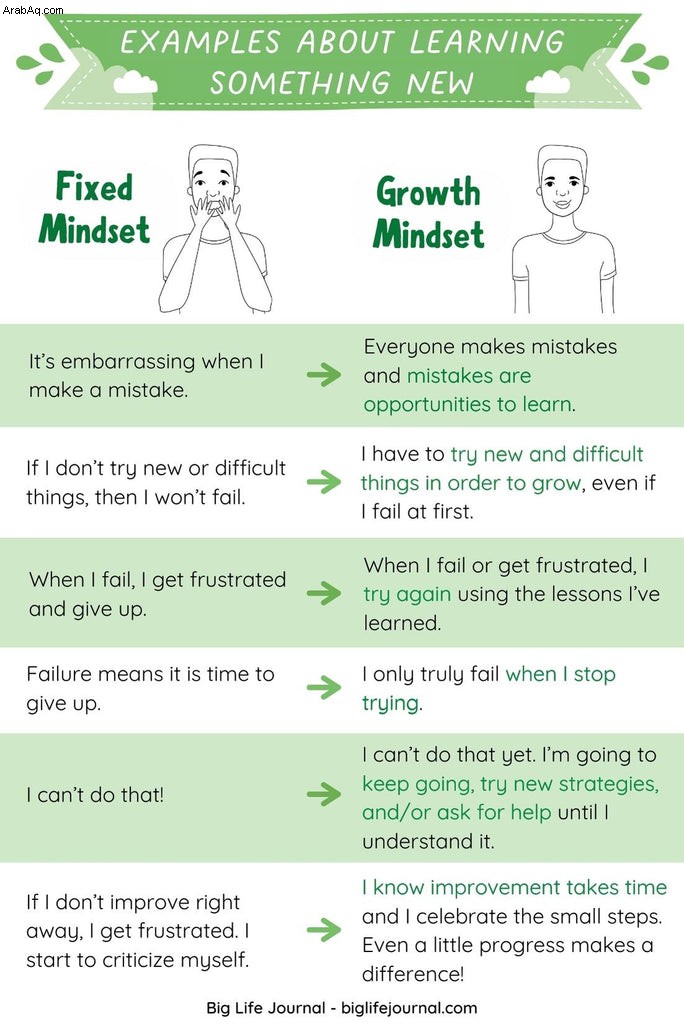
These fixed mindset vs. growth mindset examples will help you and your children or students not only understand the difference, but also put these powerful concepts into practice. Consider writing your favorite growth mindset examples on sentence strips and hanging them on a bulletin board as a daily reminder.
Looking for additional resources? Have a look at our growth mindset journal. As the children in your life develop this mindset, you’ll notice a huge difference in their confidence, motivation, and resilience!

